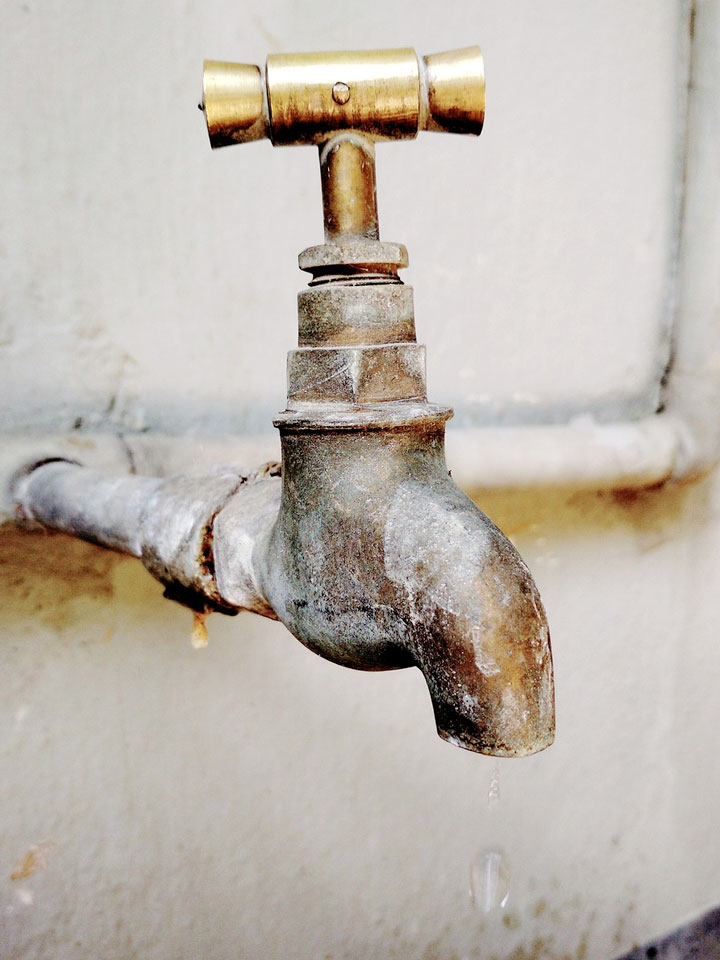As you know I like to help as and when I can and have been working with some plumbers recently and asked them for some top tips to share with you:
Top plumbing tips for preparing your home for the winter.

Check your pipes for leaks
It’s important to have a look at your pipes and check for any possible leaks. This is particularly important during the winter months, when even a small amount of water could potentially freeze and burst the pipes. If you notice any signs of a leak, get it fixed right away. You may want to even consider having a professional check for leaks in places that are more difficult to get to (for example, the attic).
Insulate pipes in unheated areas
Insulating the pipes will help to prevent them from freezing. Using heat tape or pipe insulation, wrap all exposed pipes in any unheated areas of your home. Keep in mind pipes that run through unheated areas, such as crawl spaces, attics, and garages, as these are particularly susceptible to freezing. Insulating these pipes with pipe sleeves or foam insulation is essential to prevent heat loss and keep them protected from the cold (don’t forget the pipes under the sinks or in the cupboards).
Prepare any outside taps and hoses
Make sure to isolate any outdoor taps and don’t forget to drain water from the hoses to prevent water from freezing inside them and causing them to burst, also keep your tap open for the remainder of the winter months to accommodate for expansion in the pipework. You can then safely store hoses inside your home, shed or garage until they are needed again.
Keep your home warm at all times
During the winter months, ensure that you keep your thermostat set to a temperature above freezing, to ensure that he home always has at least an ambient temperature at which no pipes will freeze. Even if you are going away on holiday during the winter or you’re visiting your family for a week or two, keep the heating on (put it on a timer so it kicks in at the same times each day). Just so it keeps the house warm at all times during the colder time of year.
Know the location of your water shut-off valve
In case of a plumbing emergency, it’s essential to know where your water shut-off valve is located so you can quickly turn off the water supply to prevent further damage. This is often a tap located under the kitchen sink, but can also be located in other places in older houses, so it’s worth getting familiar with the location of this tap.
Schedule regular plumbing maintenance
Regular plumbing maintenance, including boiler servicing, both cold and heating pipe inspections and power flushing, can help identify potential problems early on and prevent them from turning into major issues. There may be small cracks or leaks in the system that have gone unnoticed or unattended, but the increased use during winter combined with the more extreme fluctuations in temperature can accentuate these, and turn an annoyance into a plumbing emergency!


